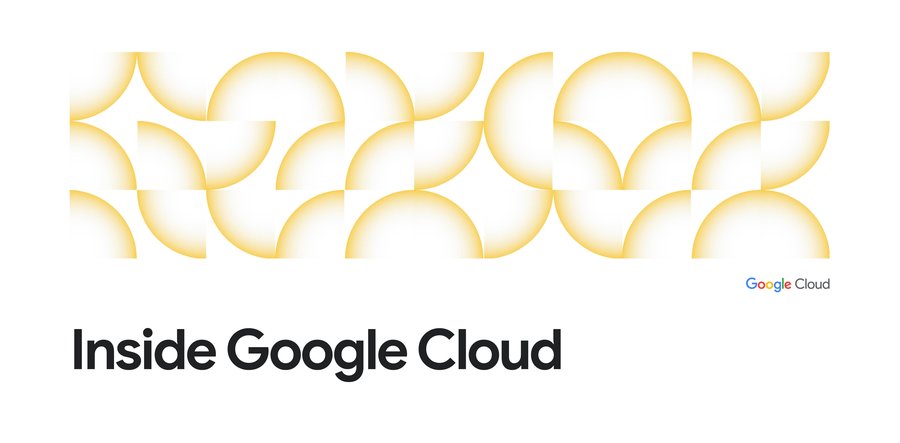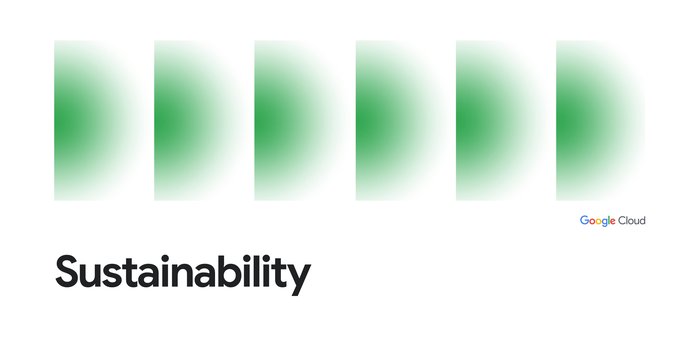Why 2021 was an electrifying year for 24/7 carbon-free energy
Michael Terrell
Director of Energy
For those working on large-scale solutions to climate change, 2021 has been a noteworthy year. At Google, we are coming to the end of our first full calendar year since we announced our goal of operating on 24/7 carbon-free energy (CFE) at all of our data centers, cloud regions and campuses worldwide by 2030.
We’re pleased with the progress we’re making — five of our data centers around the globe are operating near or above 90% CFE. Already, in 2020, Google achieved 67% round-the-clock carbon free energy across all its data centers, up from 61% in 2019. We also achieved our fourth consecutive year of 100% renewable energy annual matching.
By setting a 24/7 carbon-free energy goal for our own operations, we hope to highlight challenges and strategies needed to decarbonize the electricity system as a whole. And we’re pleased to see a growing number of businesses and governments adopting the principles of a round-the-clock clean energy approach. We’ve also seen leading researchers validate that 24/7 carbon-free energy efforts can have a transformative impact on electricity systems, reduce emissions and accelerate the commercialization of advanced clean energy technologies.
Enabling a carbon-free energy future for all
As we enter 2022, we remain focused on moving toward our goal along three parallel tracks: purchasing carbon-free energy, advancing new technologies, and advocating for better public policy. As we do so, we are also supporting a growing ecosystem, including Google Cloud customers, with solutions and tools to meet our own goals and drive transformative change in the broader marketplace.
Purchasing clean energy
In 2021, we signed contracts to purchase nearly a gigawatt of new carbon-free energy around the world. Most notably, we developed new approaches to purchasing broader portfolios of carbon-free resources to better match clean energy supply and demand at the hourly level.
In May, we signed a first-of-its-kind deal with the energy supplier AES to source up to 500 MW from a portfolio of wind, solar, hydro and storage projects – which will make our Virginia-based data centers 90% carbon-free on an hourly basis. A few months later, we announced a similar deal with ENGIE to develop a carbon-free energy portfolio in Germany that will lift our operations there to nearly 80% carbon-free energy starting in 2022. We hope these deals can provide a blueprint for other companies pursuing 24/7 CFE goals and we’re pleased to see increased adoption by others.
As more organizations shift to hourly clean energy purchasing, we’ll need ways to track and certify their progress. We were pleased to team up with M-RETS, an energy certificate registry in the United States, to pilot Time-based Energy Attribute Certificates (T-EACs). These instruments track how, where, and when electricity is produced. T-EACs will bring transparency to granular clean electricity production data and consumer claims; and will also enable a wave of software solutions that help organizations understand and optimize their energy use. We’re supporting important efforts to scale these solutions globally, including a €530,000 grant from Google.org to EnergyTag, the leading organization developing an international standard for T-EACs.
Advancing new clean energy technologies
Meeting our 24/7 goal and decarbonizing electricity grids require the rapid development of technologies that can fill the gaps when the wind isn’t blowing and the sun isn’t shining.
In May, we announced a next-generation geothermal project that will add carbon-free energy to the electric grid serving our data centers and infrastructure throughout Nevada, including our cloud region in Las Vegas. The project, in partnership with clean-energy startup Fervo, uses advanced drilling, machine learning and other techniques to open new frontiers of geothermal power, which provides an important “always-on” carbon-free energy resource.
We also continued to optimize the way we manage our demand for clean energy with carbon-intelligent computing, which now allows us to shift moveable compute tasks between different data centers, based on the relative availability of carbon-free energy across regions.
Advocating for meaningful policy change
Our hope is that by focusing on 24/7 carbon-free energy we can accelerate the transition to fully carbon-free electricity grids. Policy innovation is critical to realizing this future and we’ve long been a strong advocate for policies that accelerate grid decarbonization and empower energy consumers.
This year, we joined the Clean Air Task Force, the Environmental Defense Fund, and other leading organizations to urge the US Federal government to adopt a 24/7 carbon-free energy purchasing goal. As the world’s largest electricity consumer, the Federal government can play a major role in creating demand for more round-the-clock clean energy; we’re thrilled that a new Executive Order has committed the government to reaching 24/7 carbon-free energy for half of Federal facilities by 2030. We need even stronger policies to fully decarbonize electricity grids and that is why we’ve endorsed the climate and clean energy provisions in the infrastructure and budget reconciliation packages in Congress. In addition, we continue to provide funding and leadership support for organizations like the Clean Energy Buyers Association (CEBA) in the US and Re-Source in Europe, which are working to improve access to clean energy and advance grid-scale decarbonization.
We’ve also been pleased to see a growing movement of businesses and governments working to promote electricity decarbonization as part of the 24/7 Carbon-Free Energy Compact, a new effort coordinated by Sustainable Energy for All and the United Nations. We are partnering with the Compact to help build a global ecosystem that will enable other energy consumers to adopt 24/7 CFE goals and accelerate grid decarbonization around the world. As part of this work, we’re supporting efforts to expand access to electricity data globally. This year, Google.org provided a €1,000,000 grant to Electricity Maps, a leading provider of granular data on electricity and carbon intensity. In addition to bringing new data to the platform and making electricity data more accessible, Electricity Maps will use our funding to help policy makers, academic researchers and the private sector understand the key factors of sustainable electricity consumption, and drive demand for carbon-free solutions.
Join us on your decarbonization journey
As we’ve made progress towards our 2030 carbon-free energy goal, we continue to share our learnings and benefits with others, including customers running on the cleanest cloud in the industry, Google Cloud.
This year, we introduced low carbon badges and region picker, a tool that leverages carbon-free energy data to help customers assess key inputs like price, latency to their end users and carbon footprint, as they choose which Google Cloud region to run on. In October, we rolled out Carbon Footprint, a free product that allows customers to quantify the gross carbon emissions associated with their Google Cloud Platform usage. Customers like Etsy and Salesforce are already benefiting from these products, finding ways to accurately report and reduce their IT-related carbon emissions.
As we enter 2022, we’ll continue sharing updates on our progress towards achieving 24/7 carbon-free energy, and on how our customers can continue to work with us to achieve their sustainability objectives.




